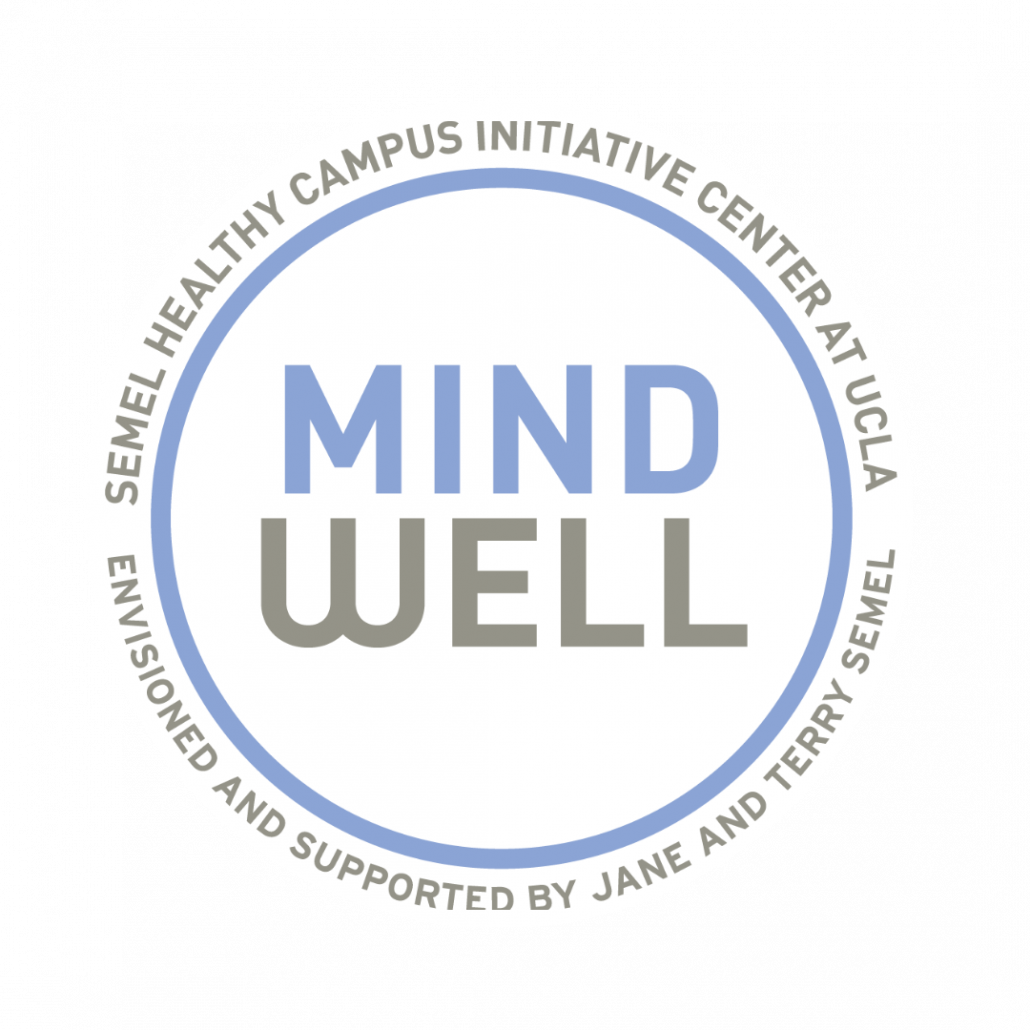The Balancing Brain: Finding Harmony and Awareness
Jill Bolte Taylor’s TED talk and book — “My Stroke of Insight” — offer vivid and intensely personal recollections of her life-threatening brain hemorrhage. Her stroke shifts a delicate balance of complementary forces in her brain, generating a dramatic upheaval in her sense of self and the world around her. How can we best understand her experience, and what does this tell us about our own minds and brains?
In Dr. Bolte Taylor’s narrative, the hemispheres of the brain serve as a neuroanatomical metaphor for a duality of consciousness, the hosts of a dynamic tension between competing powers that exist within us all. She emphasizes contrasts between “parallel,” “holistic” and “nonverbal” processing of the right hemisphere, versus “serial,” “analytic” and “verbal” processing of the left hemisphere. Others have emphasized the role of the right hemisphere in dealing with novelty, while the left hemisphere designs and deploys rules, tactics and other “descriptive systems” (language, math, the rules of games). I like to view hemisphere differences from an evolutionary perspective, and particularly think about how the hemispheres contribute to the overall balance of stability and flexibility of brain activity. On one hand, we need to keep ourselves on track by stabilizing and then executing our plans for action. On the other hand, we need to flexibly adjust these plans as needed to match the exigencies of our changing world as we experience these through our sensorium. What happens when the scales are tipped?
Imbalance between brain systems is often the source of problems. Ever had a moment when you might have been a tad too “rigid,” or when you had difficulty “staying focused?” Consider the plights of those with obsessive-compulsive or attention deficit disorders. Taylor’s portrayal is unique in revealing a benefit of imbalance: the “silencing” of some systems may “unleash” others, and yield extraordinary vision and perspective. Taylor reports uplifting sensations of beauty and euphoria that seem to reflect a release from domination by critical analysis. She experiences an expansive state marked by connection to humanity, and freedom from the incessant “chatter” of her verbal brain. Her stroke also had distressing consequences — for example, paralysis on the right side of her body and a loss of intelligible speech. But the upside of her experience was so profound and alluring, that viewers of her talk ask: “How can I turn off my left hemisphere? Do I need to have a stroke?”
Let us hope readers will not abandon their New Year’s diet and fitness resolutions, hoping to clog precisely those cerebral arteries that might help them relive Taylor’s experience. There are other ways! Methods for personal brain management might help readers enjoy some of the benefits without the risks. Some techniques have track records spanning a few thousand years. Ancient contemplative practices may provide the best-documented means to “silence the chatter” by engaging what have been called discursive or open monitoring modes of meditation. Relaxation exercises, particularly those promoting awareness of internal somatic states, may enhance the flexible and connected mode of brain function. Similar states may accompany yoga, tai chi, or vigorous exercise.
More radical (read this as relatively untested, possibly dangerous) methods center on direct management of brain activity. Drugs provide one method to alter the balance of brain function, and there are uncanny parallels between aspects of Taylor’s experience and reports from experiments with psychedelic agents. A burgeoning literature now shows that transcranial magnetic stimulation (TMS) and transcranial direct current stimulation (tDCS) may enable stimulation or inhibition of neural activity in specific regions of the brain. While provocative articles have suggested that tDCS may promote increased cognitive function and even “flow” (a mental state of effortless immersion and engagement), this method is still under investigation and the potential adverse effects remain unknown. There are also ways to use neurofeedback — monitoring of one’s brain using visualizations of electrical activity recorded from the scalp — but here too, there is so far no well-tested formula to produce effects like those experienced by Taylor.
Before embarking on a brain-altering search for deeper understanding, we should first reflect on what we really want to achieve. While Taylor gained enormous insight, she also suffered tremendous trauma and dedicated 8 years to recover lost functions. The most powerful approaches to self-improvement may aim to promote the dynamic balance of forces in the brain rather than the quieting of some to release others. Since antiquity, seekers of truth, beauty, and harmony have traveled paths that balance opposing forces: consider the Middle Way of Buddhism, and the Golden Mean of Aristotle. When we delve into the meditation practices, we find that the most advanced practices engage open monitoring together with its complement, focused attention, and importantly — these synergistic forces are engaged simultaneously. We have found that similar methods, focused on balancing the brain systems for both flexibility and stability, which lead to the generation of novel work that is also perceived as valuable, are cornerstones of the neuroscientific bases of creativity . Intensive psychotherapy offers another route to remodel thinking and overcome the barriers to achieving better brain balance. We will review these and other emerging methods for managing one’s own brain at the UCLA Summer Institute on Brain-Mind-Wellness . Meanwhile, with a fresh 2013 before us, we can be inspired by Taylor’s concluding comments about the moment-to-moment alternative mental states that may be available to us and ask: “Which do you choose, and when?” Increased insight into these processes can only help us choose more wisely and precisely who we want to be.
Robert M. Bilder, Ph.D
